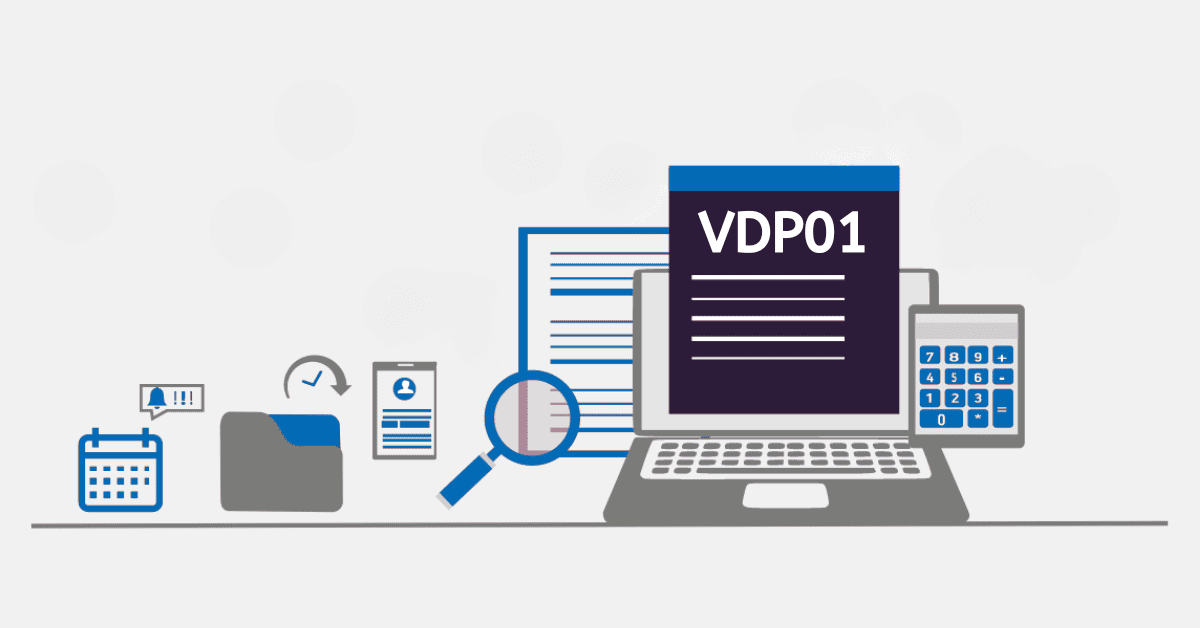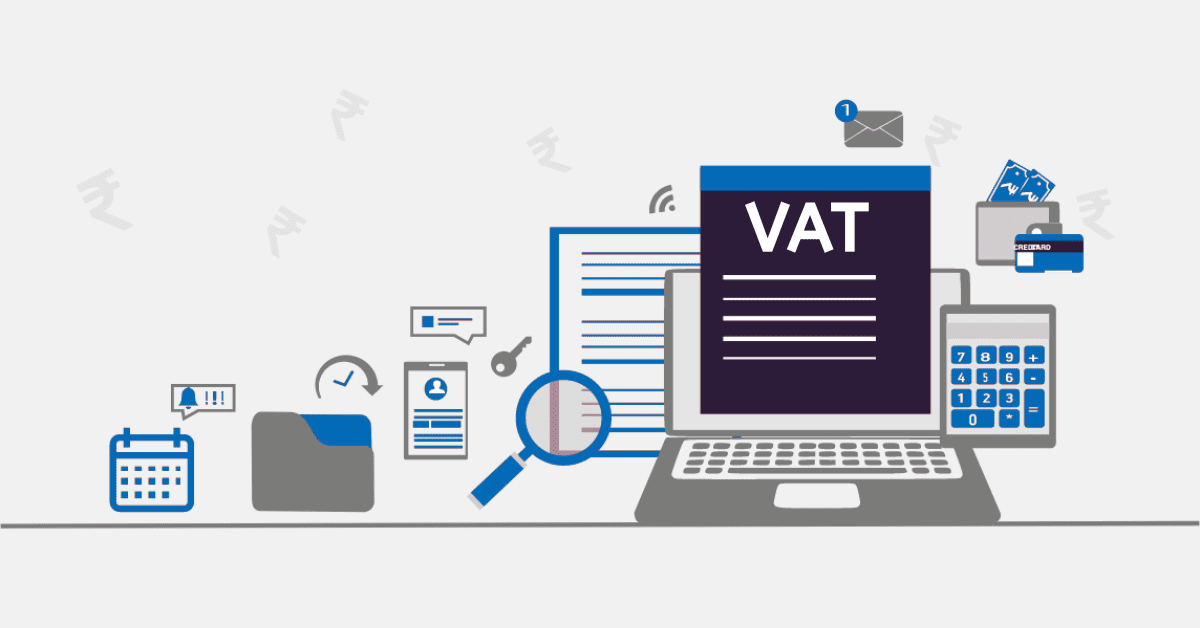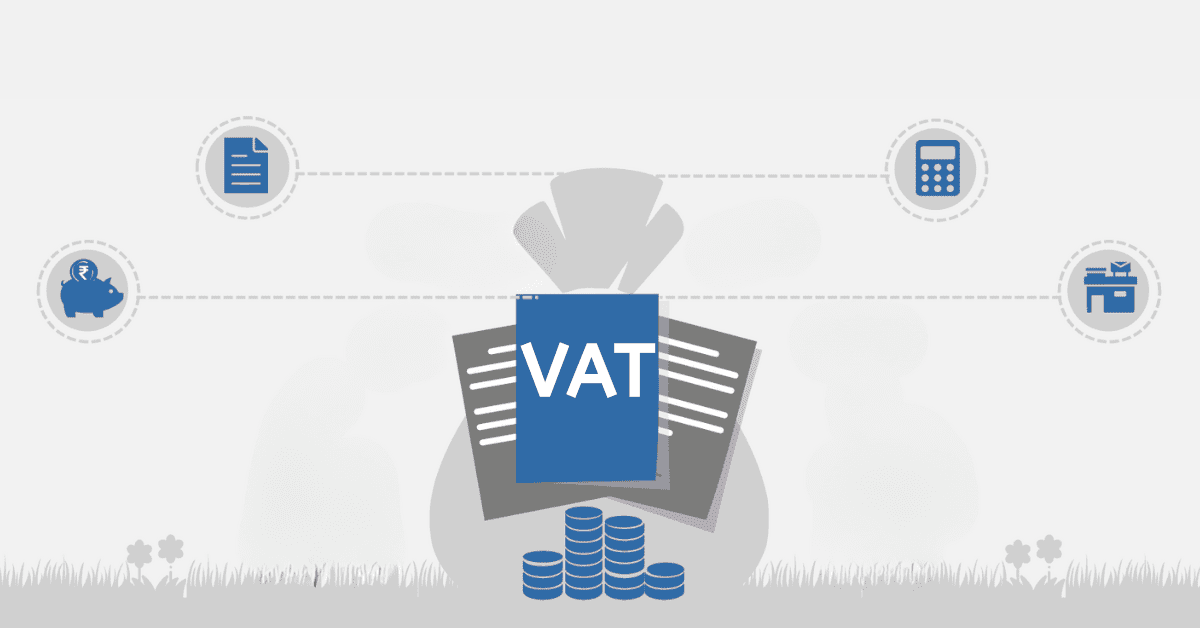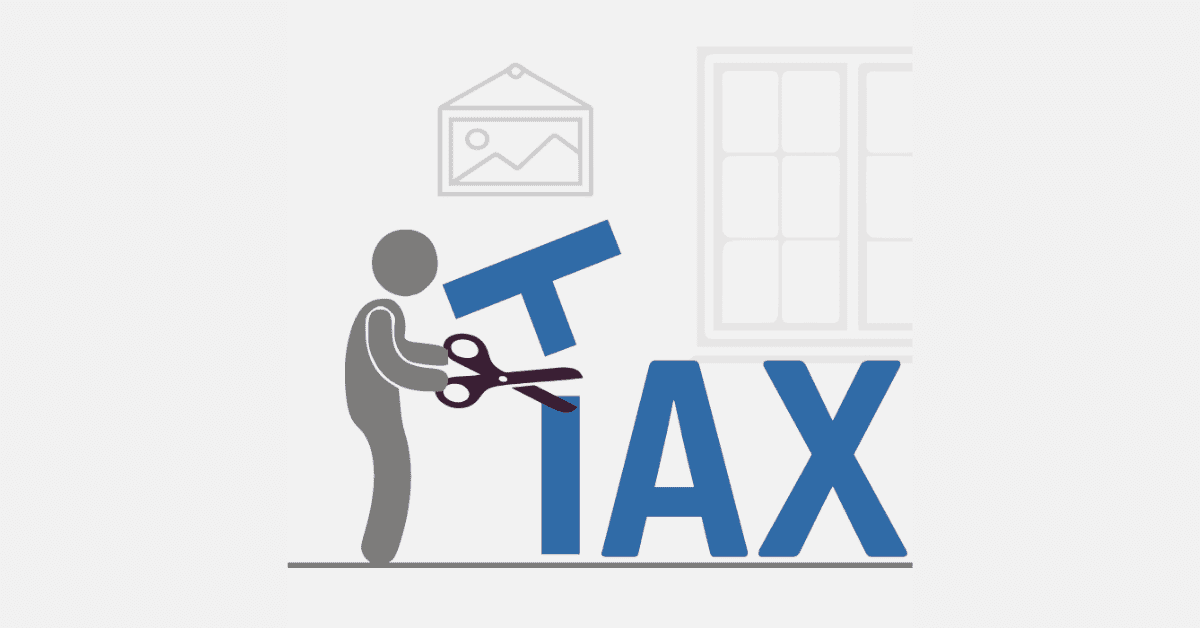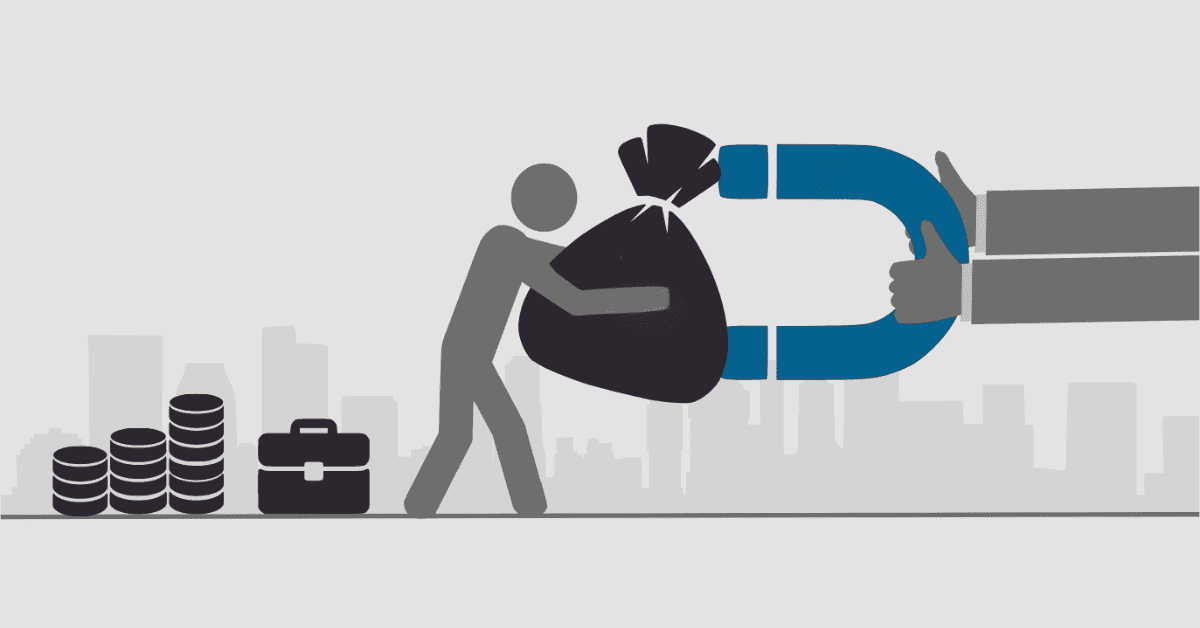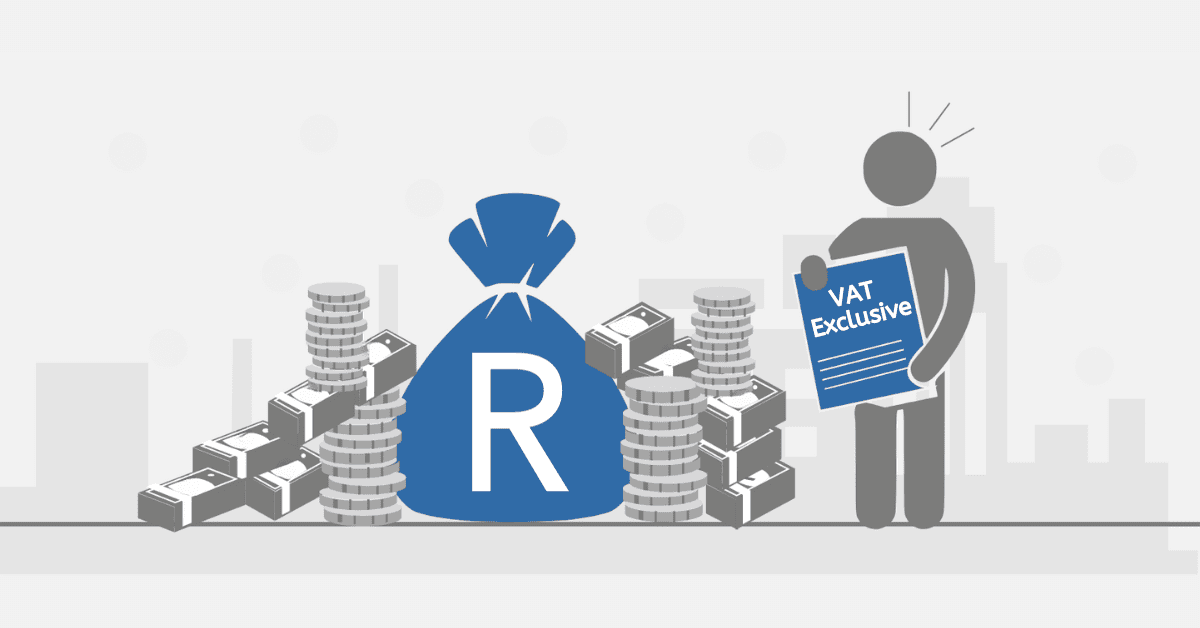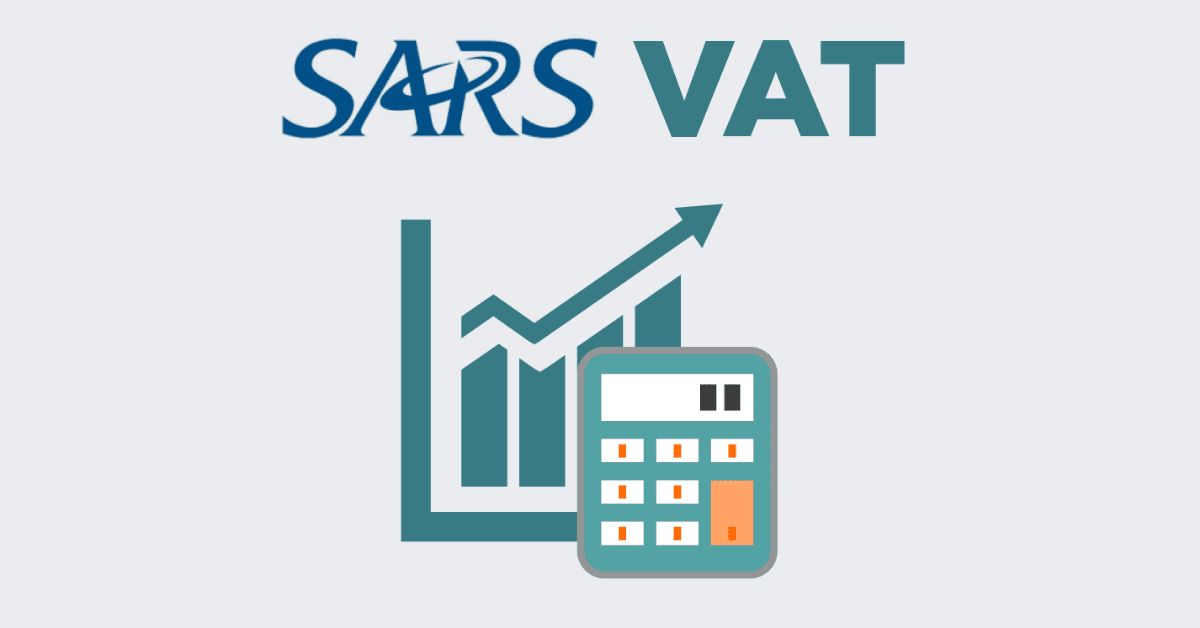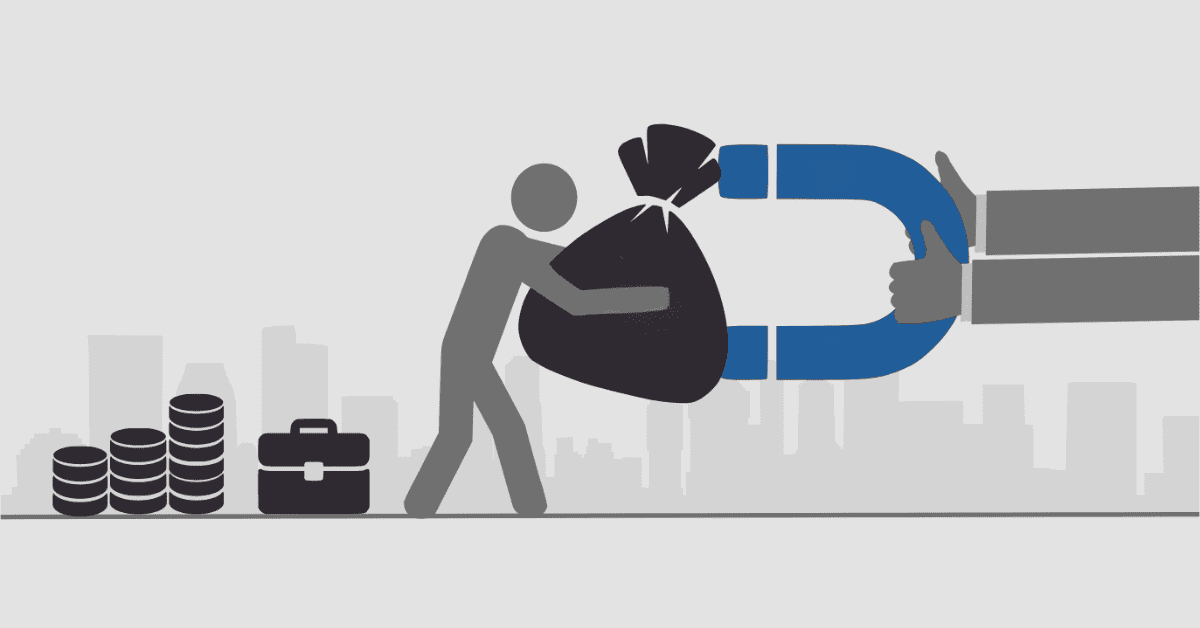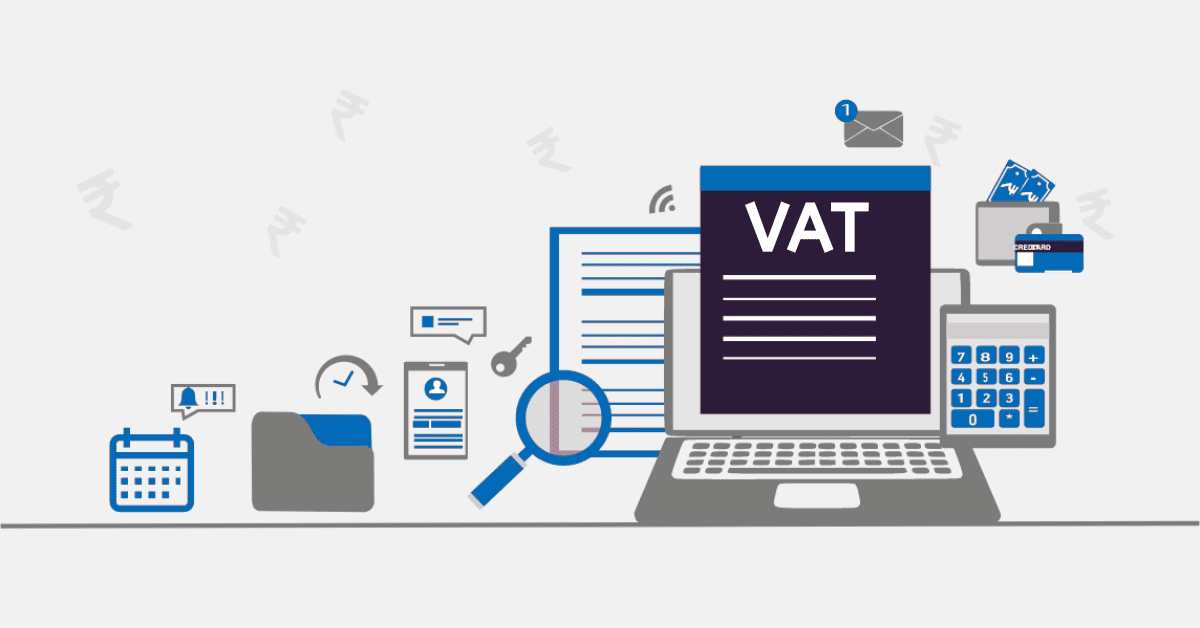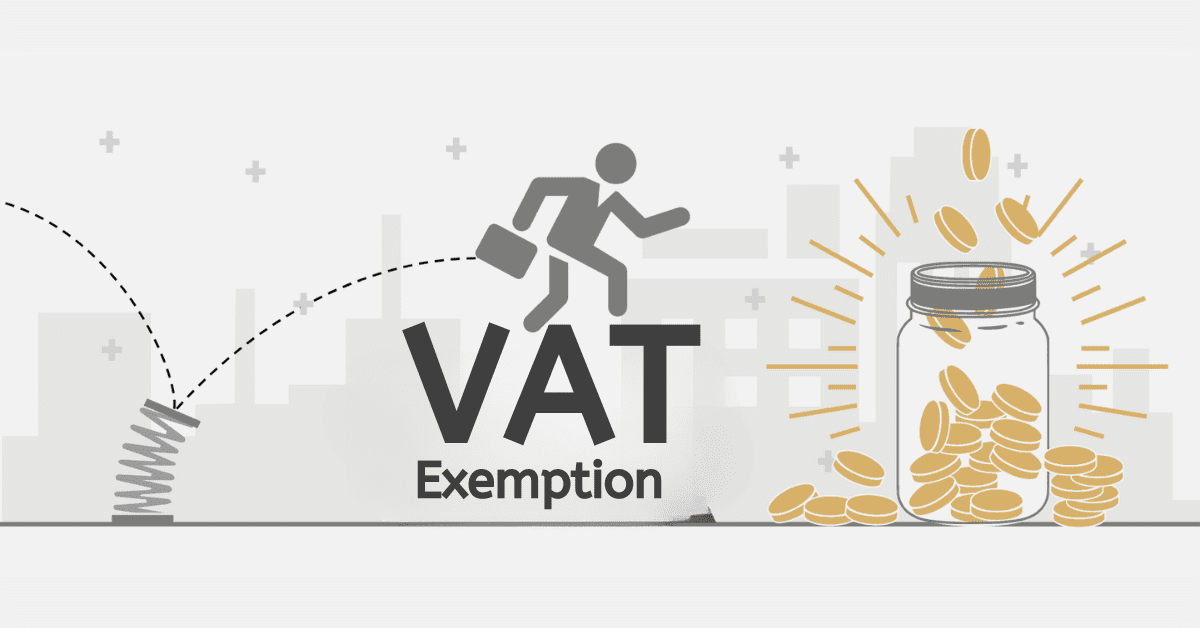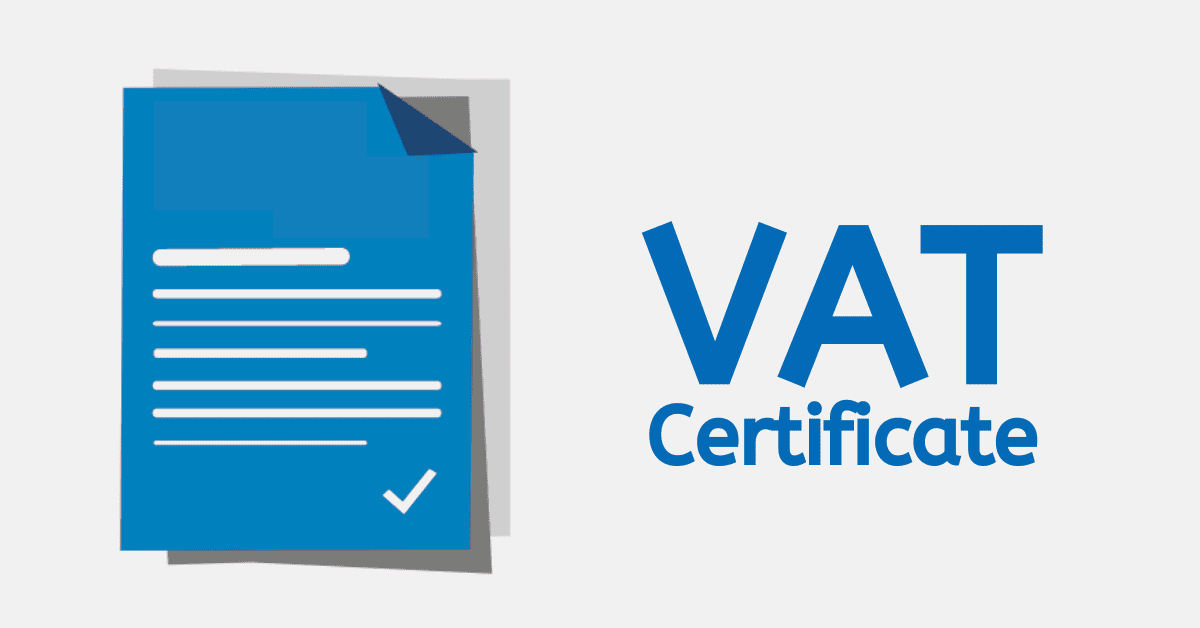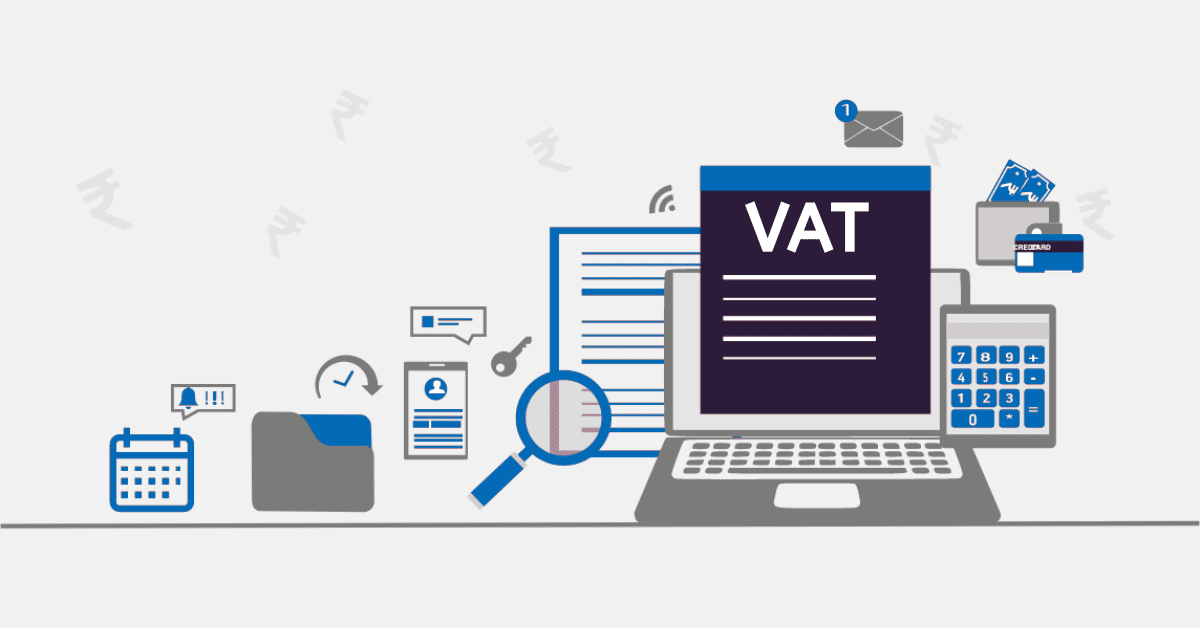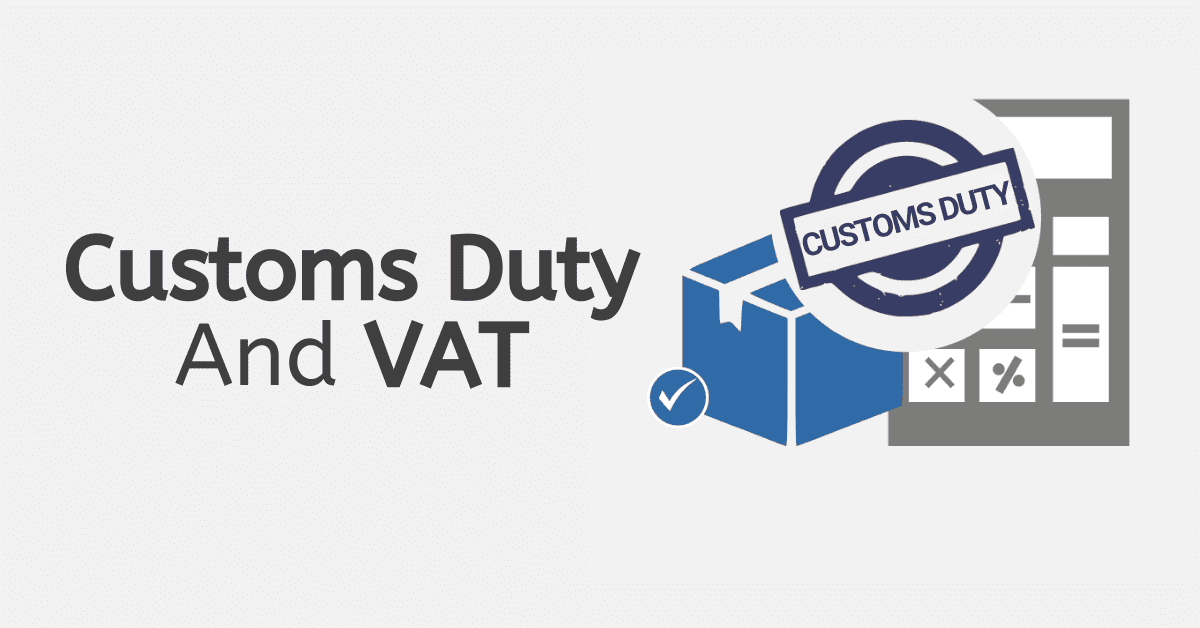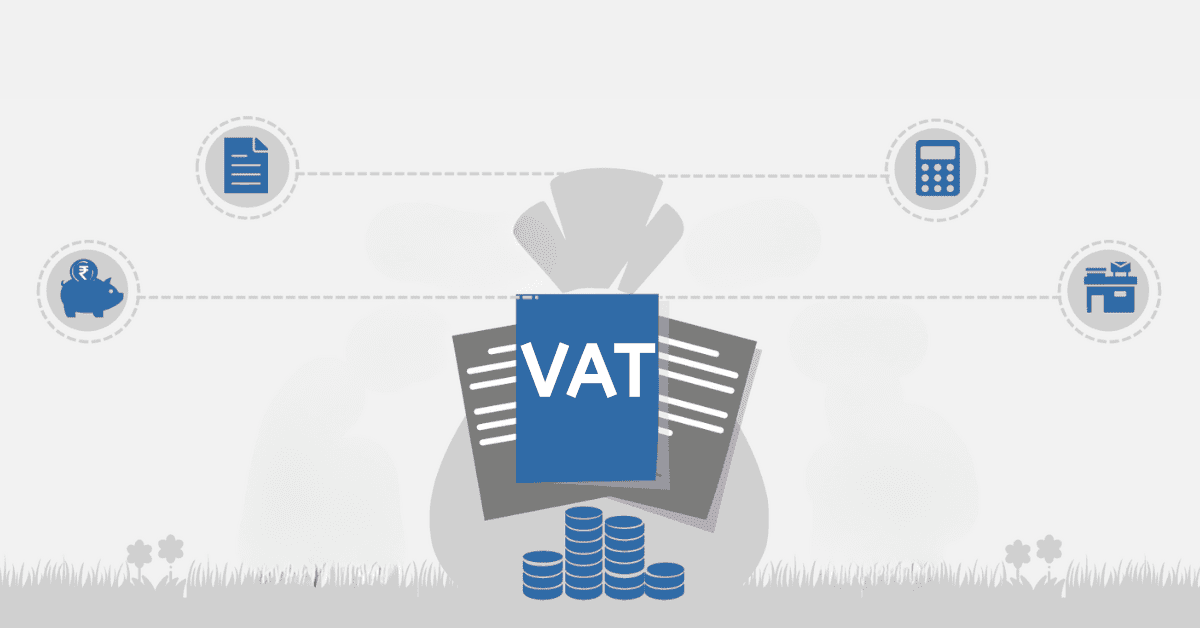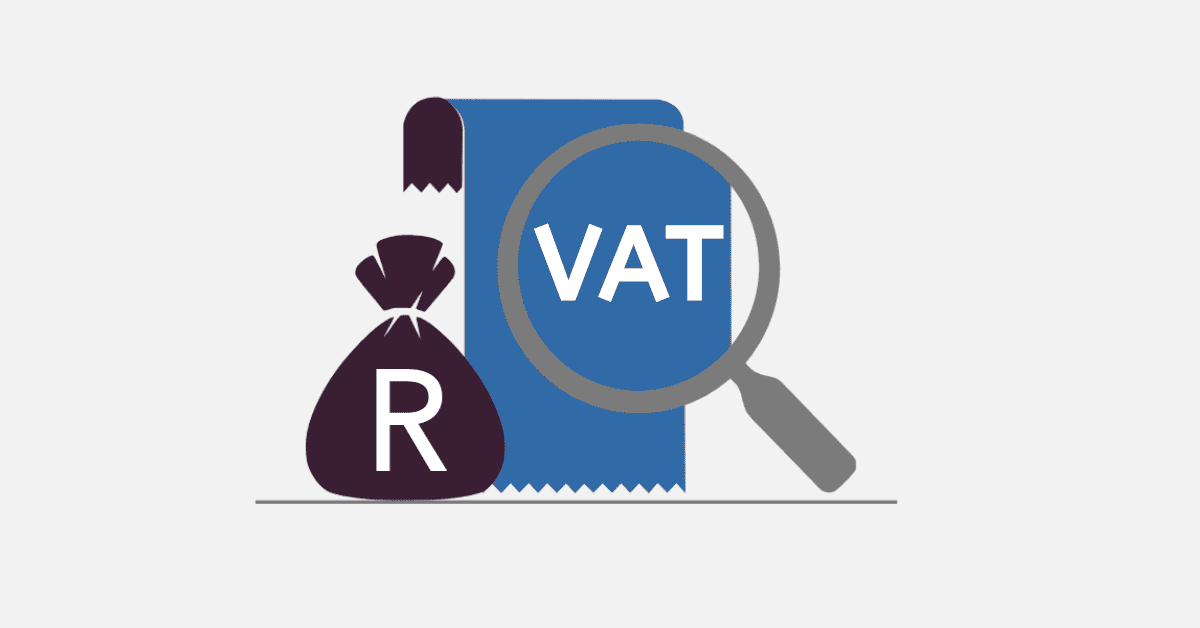Understanding the concepts of Output VAT and Input VAT is like mastering the rules of a complex board game. It’s fundamental for businesses navigating the taxation landscape.
VAT operates like a non-cumulative tax, allowing credits for VAT paid in earlier stages of the production and distribution chain. It’s like getting bonus points in a board game for moves made earlier in the game.
This article is like a game guide, delving into the intricacies of Output VAT and Input VAT. It explores their definitions, like understanding the roles of different game pieces, the payment processes to the South African Revenue Service (SARS), like learning how to score points, calculation methodologies, like mastering the game strategies, and the crucial distinctions between these two components of VAT, like knowing the unique abilities of different game pieces.
What is Output VAT and Input VAT?
Output VAT and Input VAT are like two sides of a coin in the world of VAT. Output VAT is like the tax collected by a merchant on the sales of goods or services. It’s the VAT charged to customers on the products or services they purchase, like a market tax added to the price tag of the goods.
On the other side of the coin, Input VAT is like the tax paid by a business on its purchases. It’s like a market tax paid on the goods bought for the stall. Now, here’s the interesting part – merchants can claim credits for this VAT against the VAT they collect on sales. It’s like getting a discount for the market tax they’ve paid when buying goods for their own stall.
Does SARS Ask For Input or Output VAT?
Businesses don’t pay Output or Input VAT directly to the South African Revenue Service (SARS), the market tax collector. Instead, they act like intermediaries in the collection and payment process. It’s like businesses are the tax collectors working on behalf of the king (the government).
Registered vendors, or the official tax collectors, collect Output VAT from their customers, like collecting the market tax from the buyers in the marketplace. After deducting the Input VAT paid on their purchases, like getting a discount for the market tax they’ve paid when buying goods for their own stall, they remit the net VAT amount to SARS. It’s like delivering the collected market tax to the king, after deducting their own expenses.
This mechanism ensures that VAT is a consumption tax, ultimately borne by the end consumer. It’s like ensuring that the market tax is paid by the final buyer in the marketplace. Understanding this flow is crucial for businesses to comply with SARS regulations, like following the rules of the marketplace, and maintain accurate financial records, like keeping a clear ledger of their transactions.
How Do You Calculate South African Input and Output VAT?
Calculating Input and Output VAT involves a couple of easy-to-follow steps, just like a dance routine.
Output VAT is computed by multiplying the selling price by the VAT rate, which is currently set at a rhythm of 15% in South Africa. It’s like adding a 15% flourish to your dance routine.
On the flip side, Input VAT is calculated by multiplying the purchase price by the same VAT rate. It’s like adding the same 15% flourish to a different dance move.
The net VAT payable to SARS, the market tax collector, is then determined by subtracting the Input VAT dance move from the Output VAT dance move. It’s like calculating the final score of your dance routine.
Efficient record-keeping, like remembering your dance steps, and accurate calculation, like perfecting your dance moves, are imperative for businesses to fulfill their tax obligations, like performing well in the dance competition, and optimize VAT claims, like scoring bonus points in the competition.
How Does Input Tax Differ From Output Tax?
the terms “Input Tax” and “Output Tax” are often used interchangeably with Input VAT and Output VAT. But they’re like two different dance routines with nuanced differences.
Input Tax is like the VAT paid by a business on its purchases, covering both goods and services. It’s a broader dance routine, encapsulating all types of VAT incurred on business expenses, like including all the dance moves in a performance.
On the other hand, Output Tax specifically pertains to the VAT charged by a business on its sales, focusing on the revenue-generating aspect. It’s like a specific dance routine that highlights the crowd-pleasing moves.
Final Thoughts
In wrapping up, mastering the dance of Output VAT and Input VAT is pivotal for businesses operating in the vibrant marketplace of South Africa’s economy. These two dance routines form the backbone of the VAT system, influencing the choreography of pricing strategies, the rhythm of financial calculations, and the performance in compliance with SARS regulations.
Recognizing that businesses act as intermediaries in the collection and remittance of VAT is like understanding the role of dancers in a grand production. It underscores the importance of accurate record-keeping, like remembering the dance steps, and adherence to VAT procedures, like following the dance rules.
As South Africa’s business landscape continues to evolve, like a dance that adapts to the changing music, a robust understanding of Output and Input VAT ensures that businesses contribute effectively to the country’s economic growth, like a successful dance production contributing to the cultural richness.
